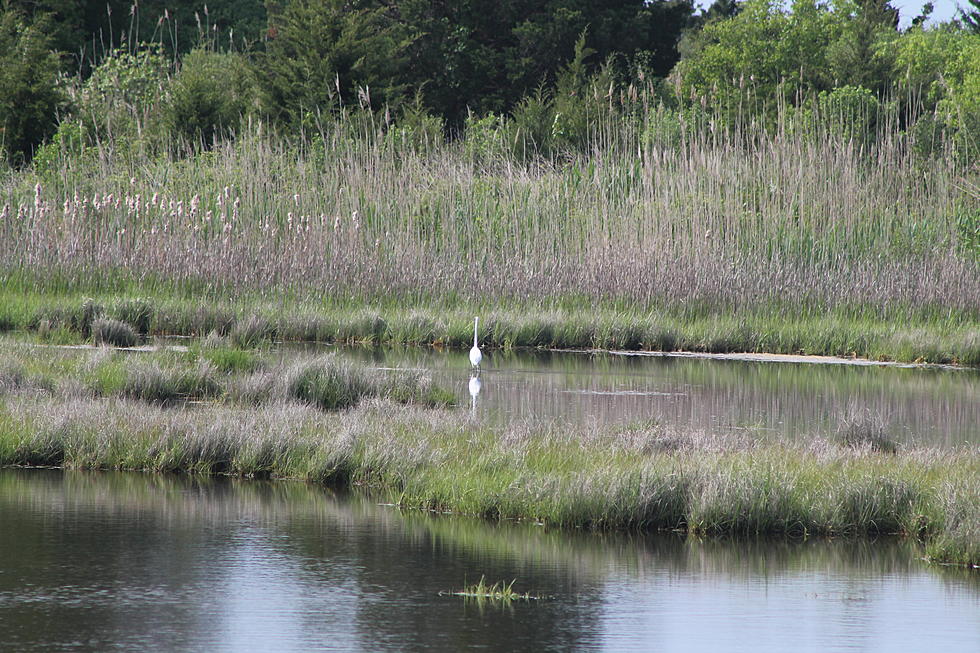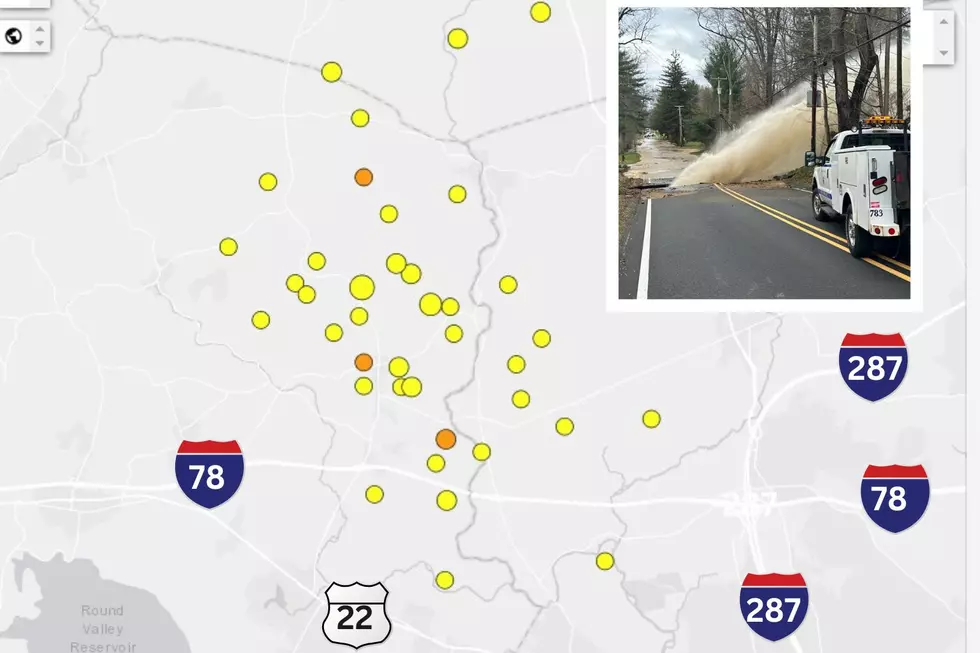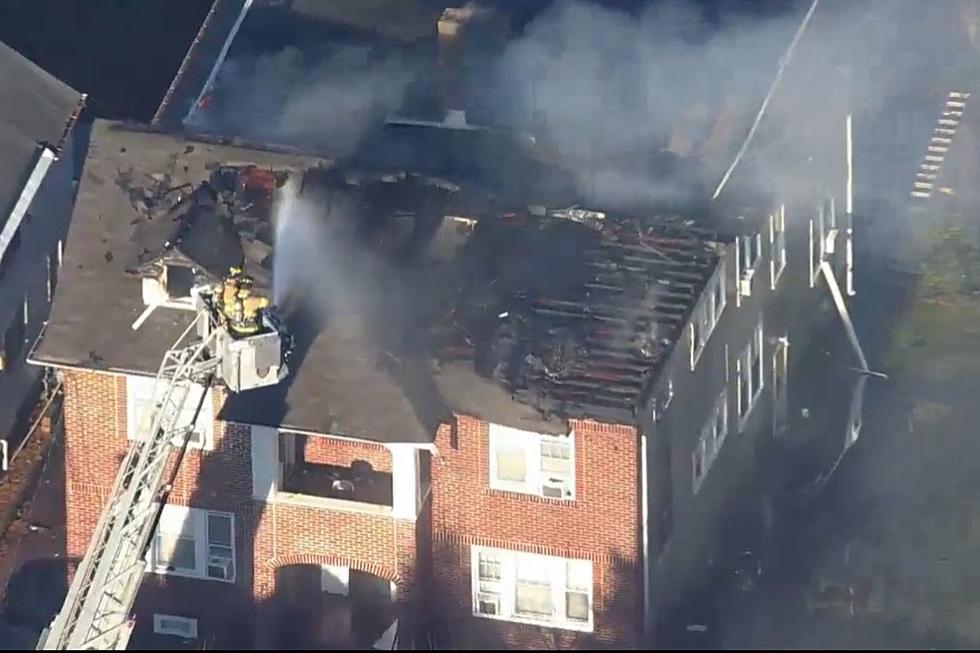
NJ’s marshes are in trouble, and Rutgers is studying solutions
Tidal marshes in New Jersey could all but disappear by the next century if more is not done to manage their ongoing disappearance, according to a study out of Rutgers University that suggests several preservation strategies.
At this point, it may not be a matter of slowing the trend, but adapting to it, said Judith Weis, the study's lead author and professor emerita of biological sciences at Rutgers-Newark.
Marshes are losing ground, eroding at their edges, getting smaller, and contracting vertically — literally stuck "between the water and a hard place," as Weis put it.

Researchers have coined this collection of factors "coastal squeeze."
"When you don't have a forest behind the marshes, you have a town, and roads, and houses, the marsh has nowhere to go," Weis said.
The marsh dilemma is directly related, Weis said, to accelerating sea level rise in New Jersey, now estimated at about six millimeters per year.
"As the sea level rise is going to be getting more and more every year, and the marshes are not keeping up with what it was a couple years ago, that does not bode well," she said.
Deteriorating marsh conditions also shoulder much of the blame for the phenomenon of "ghost forests," which Rutgers has been studying separately, particularly in South Jersey.
"The sea level and the high tide keeps impinging on these forests, and those plants are not adapted to live in salty water," Weis said.
Additionally, the marshes are a natural habitat for aquatic species, birds, and mammals, they absorb pollutants, and act as a buffer for storm surge and flooding, making their dwindling all the more troubling.
The Rutgers team has identified four potential strategies to influence the movements of marshes going forward.
The first is called a "managed retreat," in which the state would purchase and remove homes in the path of inland marshes.
Weis said some of these structures might be in increased danger of flooding anyway.
Another approach would be to cut back, so to speak, on the removal of invasive reeds, as leaving them in place could help the marshes keep their shape.
The final two strategies are already being experimented with, but have their drawbacks, according to Weis.
"Both of these are also pretty expensive," she said. "I consider them engineering approaches, and they're both pretty hefty in price."
In South Jersey, sediment is being added to some of the marshes that are not adequately keeping up with sea level rise. And the final idea is something called "living shorelines," which work to guard the edges of a marsh against outward erosion.
Whether any of this works in the Meadowlands or the Raritan, Barnegat, or Delaware bays could go a long way toward determining plant and animal life in these low-lying areas in the decades to come.
Patrick Lavery is New Jersey 101.5's afternoon news anchor. Follow him on Twitter @plavery1015 or email patrick.lavery@townsquaremedia.com.
Dumb and Dangerous Internet Challenges
What to know about the spotted lanternfly & tree of heaven in NJ
Cozy winter getaway rentals in NJ
More From New Jersey 101.5 FM









